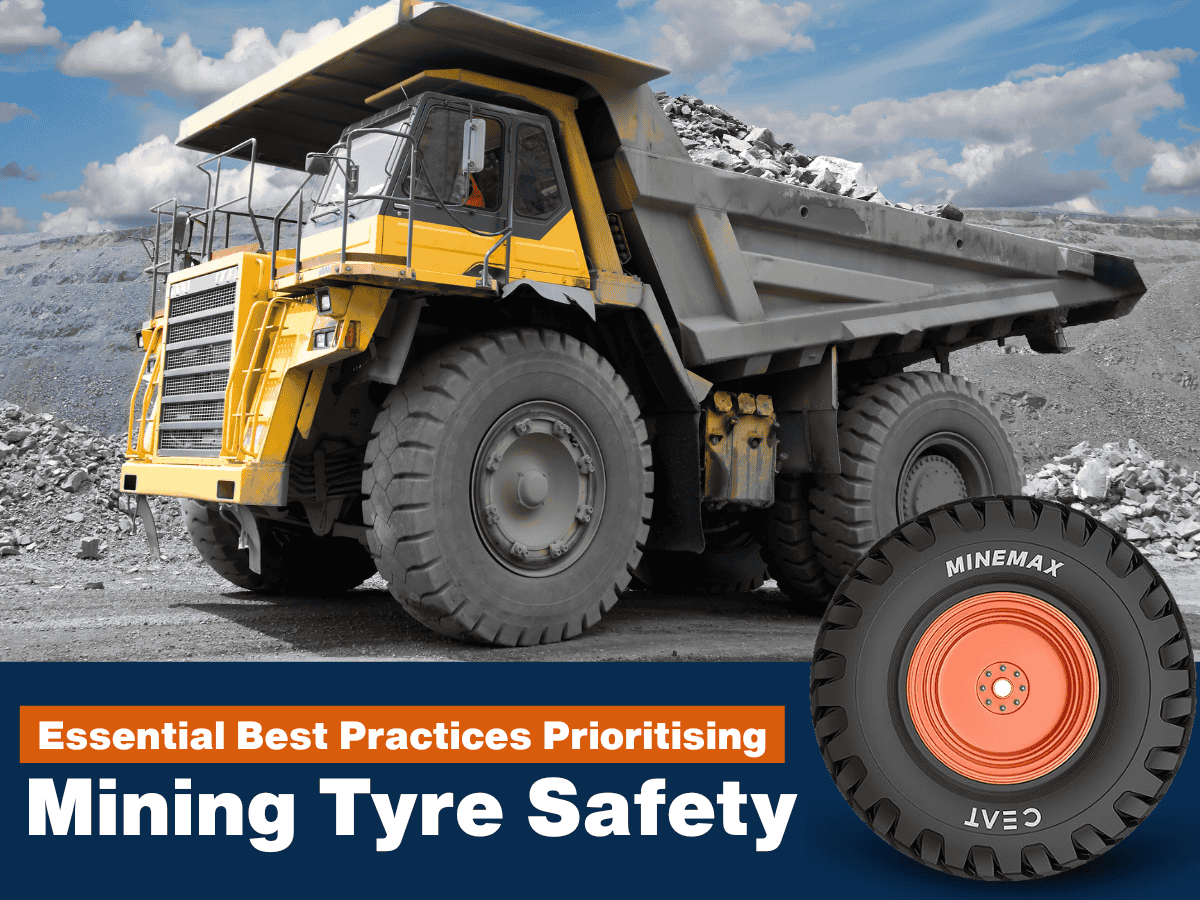ceat-speciality:blogs-tags/all,ceat-speciality:blogs-tags/tyre-care
Repairing Agricultural Tyres: When to Use Hot or Cold Techniques
Mon, 13 Oct 2025 | PRODUCTS
Agricultural tyres are critical to the efficiency and safety of farming equipment. Replacing them can be very costly, so many farmers choose tyre repair methods instead. But the question remains. Should you use hot repairs or cold repairs? The answer depends on the type and severity of damage, as well as the quality of the tyre itself.
This guide explains when cold or hot repairs are suitable, which damages can’t be fixed at all, and why premium brands like CEAT Specialty are worth the investment.
Purpose of Agricultural Tyre Repairs
- Cost savings: Repairing tyres is often cheaper than buying a replacement.
- Durability & safety: Choosing the right repair method ensures the tyre remains reliable in the field.
- Repair limitations: Not all damages can be repaired. Some cases require full replacement.
Cold Repairs: Best for Small Punctures
Cold repairs are the simplest and most cost-efficient tyre repair method.
When to Use Cold Repairs: Small punctures in the tread area.
Common causes: nails, screws, or sharp branches.
Techniques
- Patch inside the casing for minor tread holes.
- Mushroom plug for very small perforations.
Conditions
- The tyre must be removed and inspected internally.
- Cold repairs only work on the tread, never on the sidewall.
Limitations
- Cannot fix cuts, cracks, or structural damage.
- Driving on a flat tyre destroys repairability.
Example: A farmer repairing a nail puncture with a patch instead of replacing the whole tyre saves money while keeping the tyre in service.
Brand Example: A CEAT Specialty agricultural tyre survives a cold repair after a screw puncture thanks to its strong tread design.
Hot Repairs: For Major Damages
Hot repairs are stronger, long-lasting solutions for more serious tyre damage.
When to Use Hot Repairs?
- Large cuts or cracks.
- 9Sidewall damage or bulges.
Process
- Insert a rubber plug into the damaged area.
- Vulcanise at 120°C, bonding the plug with the tyre casing.
- Maintains elasticity and strength.
Benefits
- Extends tyre life.
- Strong enough for heavy loads and tough field conditions.
Suitability
- Requires a high-quality casing (strong nylon + rubber bond).
- Can handle significant structural stress.
Example: A tractor tyre with a cracked sidewall is hot-vulcanised, restoring durability and avoiding replacement.
Brand Example: The CEAT Specialty FARMAX R1 HD tyre casing enables hot vulcanisation, keeping the tyre strong for years.
Non-Repairable Damages
Some damages are simply too severe to repair safely.
Irreparable Cases
- Tyres driven while flat → internal collapse.
- Multiple cracks or cracks in dangerous areas.
- Bead-level tears (where tyre meets the rim).
- Large hernias → casing separation.
Risks of Improper Repairs
- Air leaks and breakdowns in the field.
- Patches detaching under pressure.
- Higher chance of accidents or equipment damage.
The Role of Casing Quality
The strength of the tyre casing determines whether repairs will last.
Key Composition
- Natural rubber: elasticity.
- Synthetic rubber: resistance.
- Carbon black: durability.
- Nylon fibres: reinforcement.
Why Quality Matters
- CEAT Specialty tyres are designed for superior repairability, stability, and puncture resistance.
- Cheap tyres often fail during hot repairs, making them more expensive in the long run.
Practical Advice
Always scrutinise damage before deciding on a repair method. Use cold repairs only for tread punctures—never for cuts or sidewalls. If damage is larger, hot repairs are an option, but only on tyres with a high-quality casing. Never drive on a flat tyre, as it destroys the structure. When buying new tyres, invest in trusted brands like CEAT Specialty, which are designed for durability and easy repair. This protects your machinery, ensures safety, and saves money long term.
Summary
Cold repairs fix only small tread punctures. Hot repairs are durable and handle serious cuts, cracks, or sidewall damage, but require strong casings. Severe issues—like bead tears or flat-driven tyres—cannot be repaired. Cheap tyres usually fail during repair, while CEAT Specialty tyres last longer due to high-quality casings.





































































































































